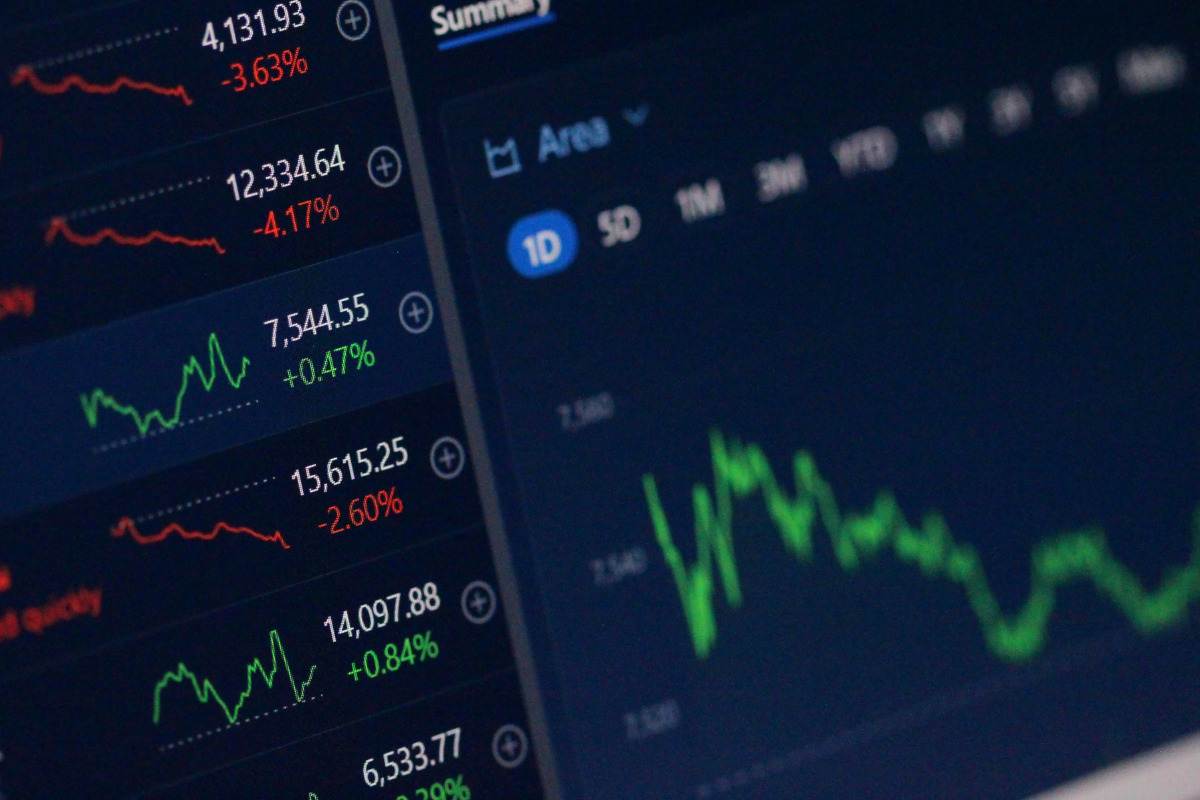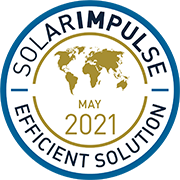

Il Solutions Explorer consente di creare avvisi che rispondono alle vostre esigenze. Potete creare diversi avvisi e riceverete una notifica ogni volta che una nuova Solar Impulse Efficient Solutions viene etichettata e corrisponde ai vostri filtri.
Gli avvisi di ricerca vengono visualizzati qui.
Accedi per creare avvisi per i tuoi filtri e termini di ricerca.
AccediNon hai un account?
RegistratiL'Esploratore di soluzioni vi permette di elencare le vostre soluzioni preferite.
I vostri preferiti saranno visualizzati qui.
Accedi per aggiungere una soluzione ai tuoi preferiti.
AccediNon hai un account?
RegistratiAccess exclusive opportunities for Investor Members Only
The Investment Hub is a platform by the Solar Impulse Foundation that connects innovators with investors to fund scalable and sustainable solutions. Through tailored matchmaking, e-pitches, and a collaborative digital environment, it helps drive impactful innovation forward.
Sign in to explore a world of dynamic and high-potential investment opportunities.
AccediNon hai un account?
RegistratiÈ possibile contattare il fornitore di ogni soluzione attraverso il modulo di contatto "Solutions Explorer". Il team vi seguirà per assicurarsi che abbiate una risposta alla vostra richiesta.
Il modulo di contatto verrà visualizzato qui.
Accedi per connetterti con il fornitore della Soluzione
AccediNon hai un account?
Registrati6 ottobre 2025
How to boost your company’s value on stock markets?
Losanna

Uno studio del 2025 basato su 12.136 osservazioni di un anno di attività di società non finanziarie quotate in A-share nelle borse di Shanghai e Shenzhen ha evidenziato che più alte sono le emissioni di carbonio aziendali, più basso è il valore dell'impresa (9).
Analysing your portfolio to decarbonise profitably is simple: just focus on 3 essential parameters for each product/service/industry. First, determine the net revenue per unit of product/service making up your portfolio. Second, estimate the greenhouse gas (GHG) emitted per unit of product/service (prefer a calculation over their complete lifetime: from materials sourcing, to production, to consumption and maintenance, to disposal. I.e., life cycle assessment is the key here). Third, measure the sales volume for each product/service. If your company is active in more than one industry, do that for the products and services of each industry making up its business-level portfolio. Want to enter the champions league? Then, also integrate in your analysis the contribution margin as well as cost and sales synergies associated to each product/service/industry among your product and business portfolios. Once this is done, multiply the current and projected sales volumes by the revenue and GHG parameters per unit for each of your products/services. Thus, you obtain two key figures: the total emissions as well as the total revenues associated to each of your products and services. Then, divide the total emissions by the total revenues for each product/service/industry. And yes, the magic happened. For each of your revenue sources, you are now able to compare the GHG intensity per € of current and projected net revenue (expressed in kgCO₂ equivalent/€). Hence, you can strategically reshape your portfolio structure by prioritising elements contributing the most to your revenues while emitting the least. On the contrary, portfolio elements – including assets and processes enabling to deliver them – with uncompetitive GHG intensities per revenues generated can progressively be slowed down or even disposed. This is the basis for reducing your emissions – i.e., fighting against climate change – while maintaining your revenues and even generating new ones by answering the growing demand trends for sustainable offerings (see next section). However, this corporate demeanor will also shrink your costs. For instance, a 2024 BCG survey showed that cutting corporate GHG emissions led to financial benefits by decreasing operating costs thanks to renewable energy, efficiency gains and waste reduction (1). By investigating a little more, you can also estimate the potential for reducing the carbon footprint of portfolio elements contributing substantially to your net revenues, yet emitting too much currently. Eventually, the results of this second phase will allow you to define where you should concentrate some of your R&D efforts over the coming years. Nevertheless, ranking your portfolio according to GHG intensity first requires to establish a carbon accounting in your company. Browse the solutions explorer and discover how you can do that! This will also unlock your ability to set internal prices for your corporate emissions. Already done and seeking what could be the next step? Then discover how your company can slash its emissions through products and services redesign!
Tapio
Un software di gestione delle emissioni di anidride carbonica all-in-one per aziende e organizzazioni che vogliono raggiungere la neutralità delle emissioni di anidride carbonica.
Condividi
The information set out above, is solely for the purposes of information and the Solar Impulse Foundation does not provide any guarantee as to its authenticity, completeness or accuracy. This information does not constitute investment advice or a recommendation to buy into, transact or to enter into any agreement with any of the parties or persons mentioned above. Potential investors or interested parties are solely responsible for their investment or business decisions and for performing any due diligence required by the circumstances. The innovator has asserted ownership of the intellectual property rights for images, videos, and content showcased above, affirming full and unrestricted usage rights, and has provided explicit permission for the Solar Impulse Foundation to publish such information designated as "public" in the application form.

